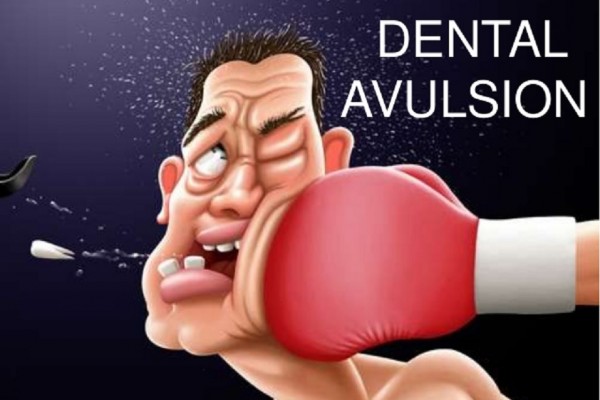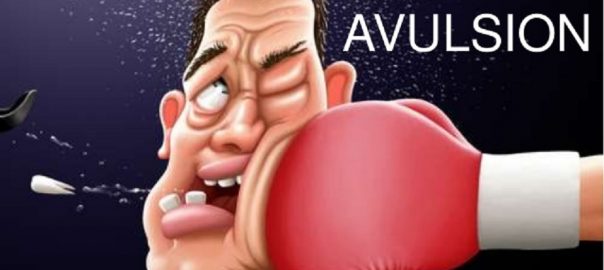Injuries at the oral level are among the leading causes of health care. Among all the injuries that affect the head, dental trauma is the most frequent.
Today we will focus on avulsion, which is classified within traumatic injuries of the oral cavity, and are the most frequent injuries in permanent dentition.
They are also considered the most serious injuries among all dental trauma, and it is even the second leading cause of dental care after dental caries.
The traumatic injury is called avulsion when the displacement of the tooth is total, and it leaves the alveolar bone and the gum, damaging the nerve and soft tissues.
Most common ways avulsion occurs
Many of these injuries are caused by falls, violence, car accidents or the practice of contact sports, the latter two being the most frequent causes described in the international literature, in addition, there are individual features, such as vestibularized incisors or lack of lip seal, that increase the risk of this happening.
Often avulsion is related to only one tooth, although several may be involved. One of the factors that influence the treatment and prognosis is the degree of dental maturation, that is, whether the tooth is temporary (“milk”) or permanent…
Dental Avulsion Treatment
On temporary teeth
For temporary teeth, the treatment to be carried out would be to wait for the wound to heal and place a space maintainer, to make room for the final tooth.
In definitive teeth
On the other hand, in the definitive teeth, the treatment is different, since there can be two situations:
1- Definitive tooth that has not finished forming and due to its root immaturity, it is possible that its revascularization occurs after dental reimplantation.
2- Definitive tooth that has finished forming. There is no possibility of revascularization in these teeth, but if the extraoral period has been less than one hour (either because it was immediately re-implanted or maintained in a suitable preservation medium), the probabilities of periodontal and probiotic healing are acceptable.
The importance of reacting by repositioning the tooth
The success of the treatment will depend on the ability to preserve the periodontal ligament cells and the fibres attached to the root. The patient must remain calm, find the tooth, take it by the crown (never by the root) and if the tooth is dirty, wash it briefly for a few seconds under cold running water and reposition it in the mouth.
If it is not possible to position it due to loss of consciousness, nervousness or simply due to lack of confidence or self-knowledge, we must keep the tooth in some suitable means as we will recommend later and go to the dental clinic in Vikaspuri as soon as possible.
Treatment in the dental clinic
In the dental clinic, dentist in Vikaspuri will perform an x-ray and suture possible gingival injuries. Then we will re-implant and splint for 7-10 days using a flexible splint, and we will carry out an endodontic treatment with subsequent radiographic follow-ups. There are situations in which reimplantation treatment is not recommended since it presents severe periodontal disease, immunosuppression status, severe heart disease, caries or the patient is uncooperative.
Prognostic and success in avulsions
An avulsion is the type of trauma whose prognosis is most sensitive to time and storage quality. The different factors that will determine the prognosis of the treatment are:
- The extent of the trauma.
- The state of the tooth.
- The tissue support.
- The time elapsed outside the socket.
- Pollution.
- The storage medium.
- Age.
- The general health of the patient.
These conditions are directly related to the extra-alveolar time, the type of storage after the avulsion and the alterations of the root surface.
The success rate of a definitive tooth re-implanted after an avulsion is close to 90%, as long as the extraoral time and the conservation of the avulsed tooth is adequate by the patient.
The prognosis of avulsed teeth improves when the reimplantation is immediate, after cleaning the socket with saline and does not exceed 20 minutes of extraoral time, preserved in Hank’s Balanced saline solution (this being the quintessential preservation medium).


